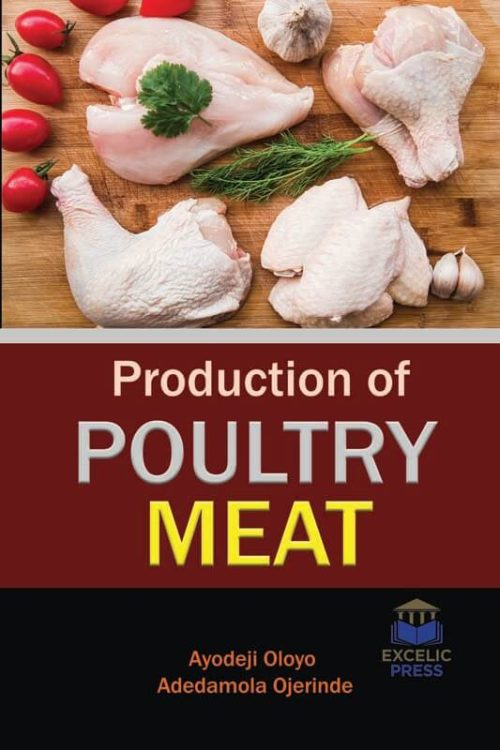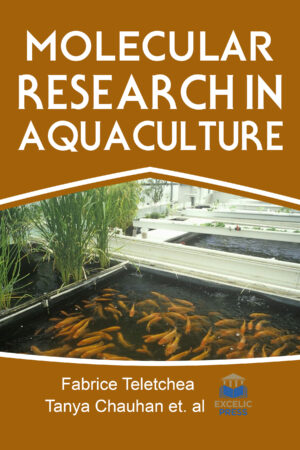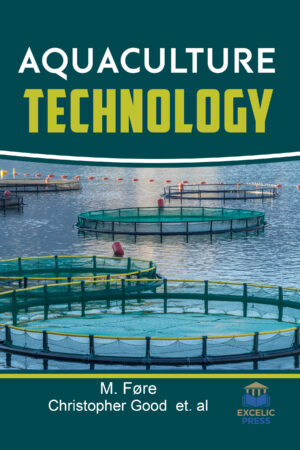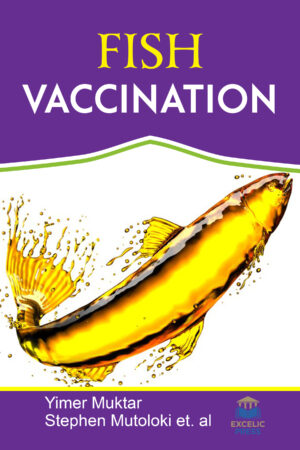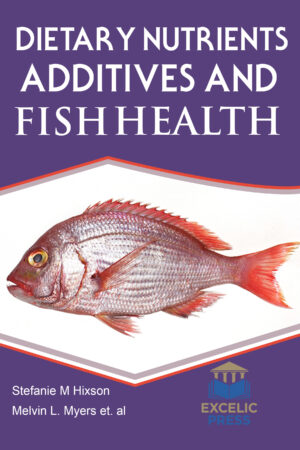Description
Poultry production has made huge bounds in recent years and holds a significant role in the agriculture industry. It is an indispensable source of animal protein in human growth and development and thus has a great demand, globally. Poultry meat comes with many benefits; the good quality of nutrition, delicious taste, affordable price, easy to acquire and accepted in all levels of society from diverse backgrounds. There has been an exponential growth in poultry meat production, which has brought about an increase in poultry carcass production, which is referred to as the inedible portion. There is a predicted compound annual growth rate of +2.4% between 2015 and 2025. Asia, South America, and Africa which are facing rapid urbanization, poverty, and hot climates, have reported the largest increase in poultry production. This trend is obvious as poultry presents itself as the fastest route to reduce the protein demand-supply gap.
Providing an authoritative review of the key trends and development as well as issues affecting poultry meat quality in production and processing, this book states how the unfavorable effects of heat stress can be condensed through the handling of housing, breeding, nutrition, and management. Poultry housing design is the key factor in determining the climatic conditions of the house, which is essential for optimum health, growth and productive performance of birds. This book goes on to review the internal conditions of the house and how the birds respond to them and the implications of this in heat management in poultry production. This provides crucial information for parameters involved in the poultry house architecture to ensure ideal climatic conditions to solve the heat stress problems in poultry production in hot and humid regions. Science and technology have resulted in a great expansion in poultry production in the last few decades. Developing genetically superior stocks which can give higher production with more resistance to adverse conditions has transformed poultry farming from rural farming to a well-established industry in 30-35 years. There have also been changes in the selection and breeding program that breeders use. So, this book presents a great emphasis on selection methods in poultry breeding. There is a strong emphasis on updating to the latest production technologies like breeding systems, organizing the input supply system for chicks, feed, vaccines, and veterinary drugs for chicken and eggs. Age is an important factor in the carcass tissue composition, and the most significant changes, both quantitative and qualitative, take place at early stages and in a short period (compared to life span) and are characterized by rapid growth. This book highlights the effects of age on the growth and the quality of carcass parameters for different species of poultry. Food safety is an important requirement of food items and requires the collaboration of government, industry, and consumers. Consequently, the book closes with a review of the poultry meat production industry for food safety. We hope this book will serve a wide variety of students, researchers, as well as others may benefit from this book.

